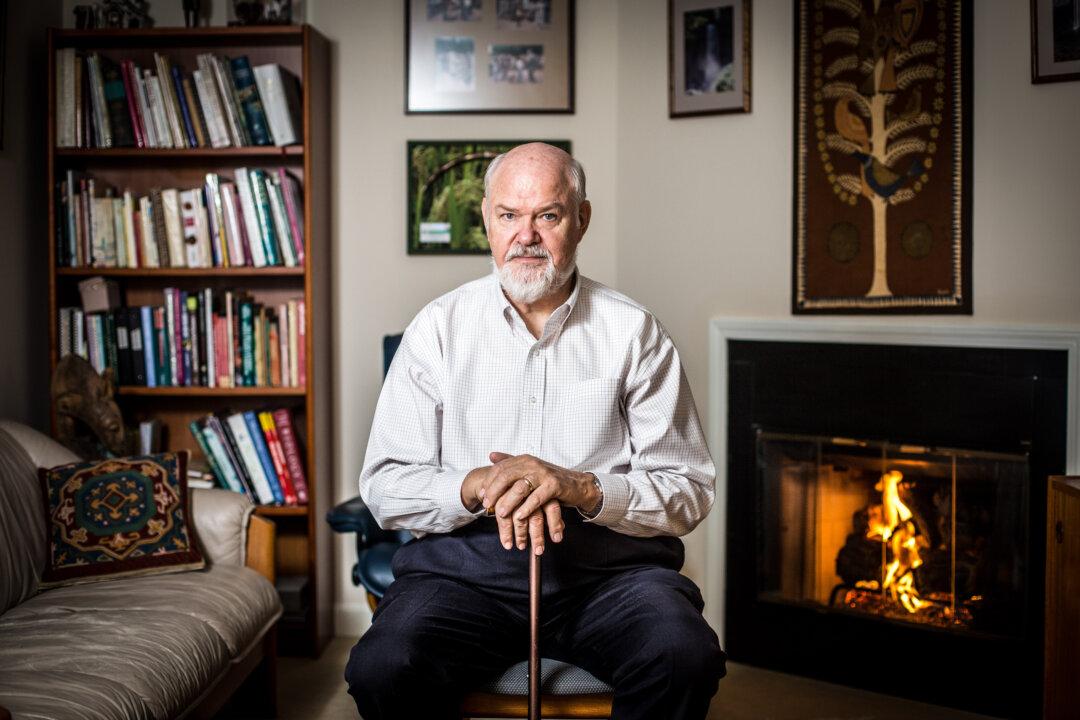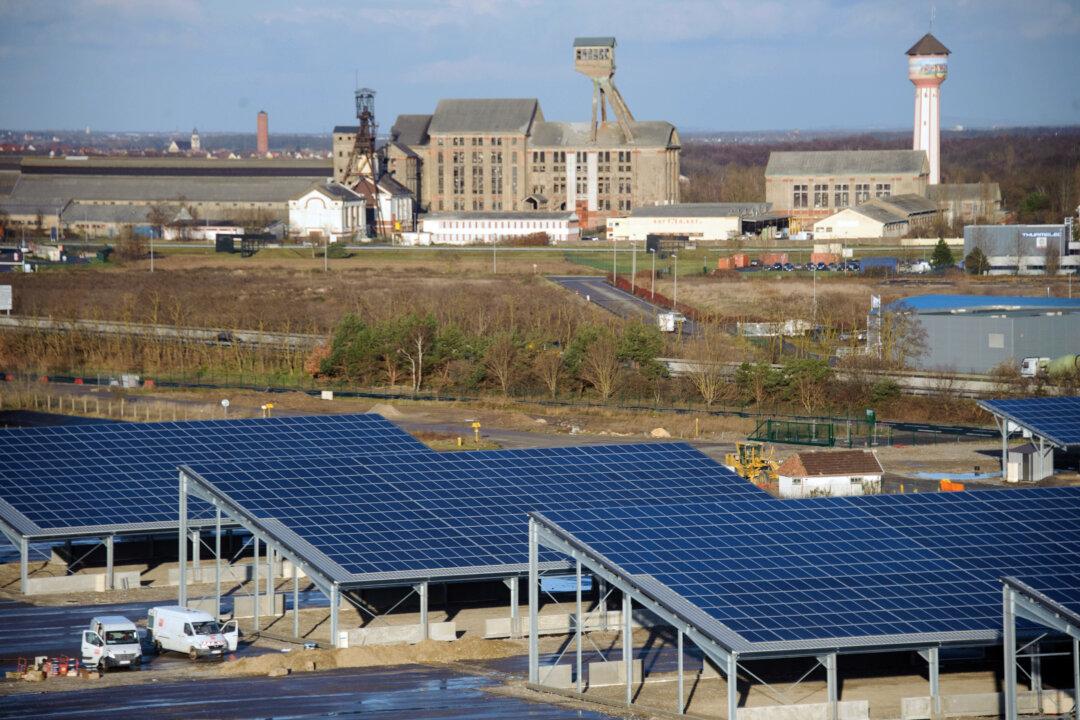A small group of Silicon Valley-funded tech companies is out to disrupt factory livestock farming with plant-meat alternatives that are better for the environment than meat, better for our health, and just as tasty as the real thing.
With a staff of not chefs but mainly chemists, biochemists, and physicists, they are engineering alternatives to meat that look, cook, and impress just like the real thing—blood and all—using only plant ingredients like yellow pea, soybean, spinach, beets, carrots, and the like.
By 2054, meat alternatives will comprise 33 percent of the overall protein market, up from just 2 percent today.





